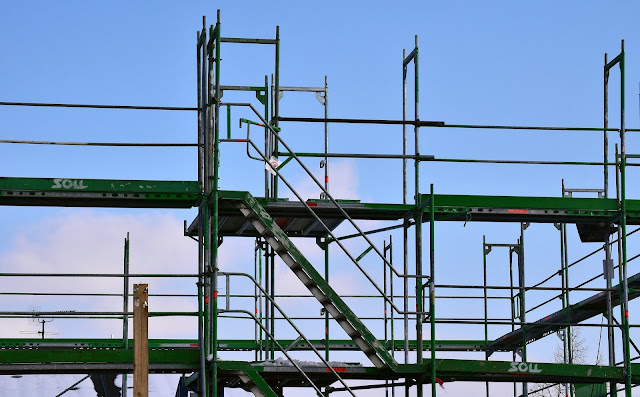Elevate Your Packaging Game: A Comprehensive Look at Post-Printing Machines Introduction: In the ever-evolving landscape of packaging, staying ahead of the competition requires innovation and efficiency. Post-printing machines have emerged as game-changers in the packaging industry, offering manufacturers unparalleled flexibility and quality in producing corrugated boxes. This comprehensive guide aims to delve into the world of post-printing machines, exploring their functionalities, benefits, and the transformative impact they have on elevating packaging standards. Understanding Post-Printing Machines: Post-printing machines are integral to the manufacturing process of corrugated boxes, enabling the application of graphics, text, and branding onto pre-formed boxes. Unlike pre-printing methods, which occur before corrugation, post-printing takes place after corrugation, allowing for greater customization and efficiency. Types of Post-Printing Machines: Flexographic Printing Presses: Th...
How does the rotary printing press work ?
A rotary printing press works by using a cylindrical printing plate to transfer ink onto a substrate, such as paper or fabric. Here is a brief overview of how the rotary printing press works:
- The printing plate: The printing plate is made up of a fine mesh fabric that is engraved with a pattern or design. The plate is mounted onto a cylindrical drum, which rotates at high speed.
- The ink system: The ink is stored in a reservoir and is transferred to the printing plate by a series of rollers. The ink rollers apply a thin layer of ink onto the printing plate, filling the engraved cells or depressions.
- The impression cylinder: The substrate, such as paper or fabric, is fed through the printing press between the printing plate and an impression cylinder. As the substrate passes between the two cylinders, the ink is transferred onto the substrate, creating the desired image or pattern.
- Multiple color printing: In rotary printing presses that use multiple colors, there are several printing plates and cylinders arranged in sequence. Each plate applies a different color ink to the substrate, and the cylinders ensure precise registration of each color.
- Drying: After the substrate has been printed, it passes through a drying system to dry the ink and prevent smudging.
The rotary printing press is a highly efficient and versatile printing technology that can produce high-quality printed materials at a very high speed. It is widely used in the printing and textile industries to produce a variety of printed products.

Comments
Post a Comment